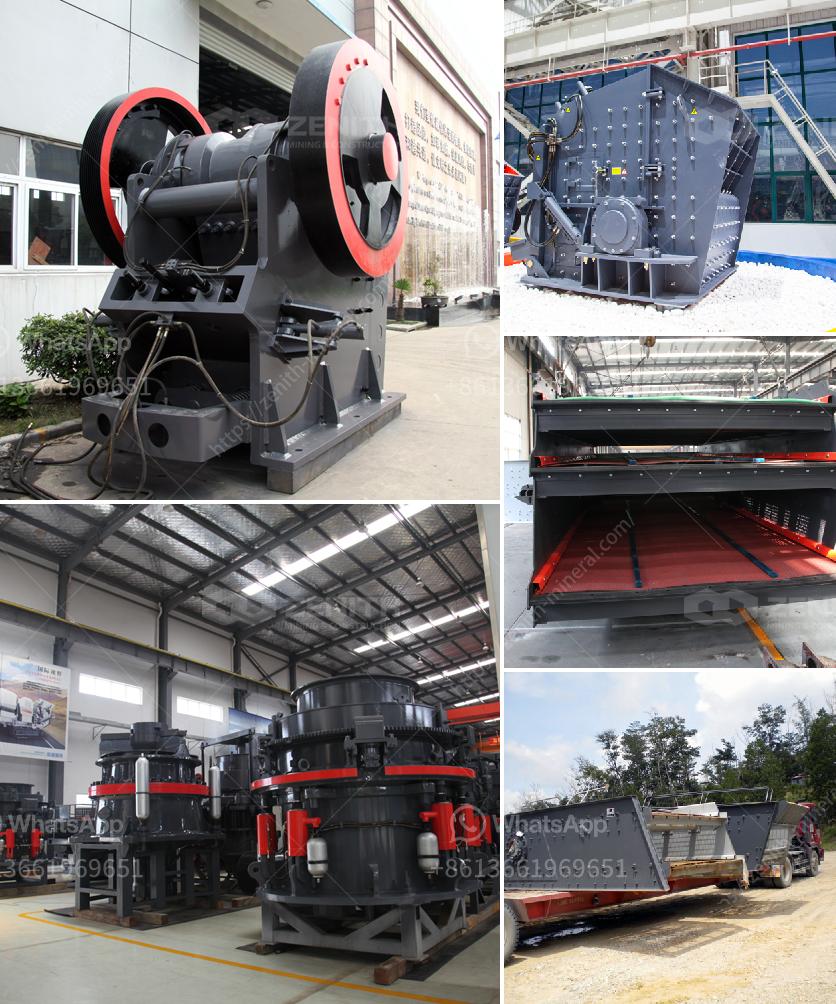A spring cone crusher operates by utilizing a rotating cone within a fixed bowl, relying on spring mechanisms to provide support and maintain the crushing pressure. Here’s a detailed breakdown of its working principle:
Feeding Material: Raw materials are fed into the crusher through the feed opening at the top.
Compression and Crushing: The materials fall onto a rotating cone, known as the mantle, which is situated inside the fixed outer bowl, known as the concave.
Eccentric Movement: The mantle is mounted on an eccentric shaft, which causes it to move in a circular, slightly elliptical path. As the mantle moves, it presses close to and away from the concave, crushing the material against the concave as the gap narrows and widening to let crushed material fall through when it widens.
Springs Mechanism: The crusher is equipped with powerful springs that act as overload protection. If uncrushable material enters the crusher (like iron), the springs allow the dynamic cone to pass through, preventing damage to the crusher.
Adjustable Discharge Opening: The size of the crushed material can be controlled by adjusting the size of the discharge opening located at the bottom. This adjustment is typically controlled by hydraulic or manual means.
Output of Material: Once the material is crushed to the required size, it exits through the discharge opening at the bottom of the crusher.
The continuous, repetitive action provides efficient crushing action, producing a consistent, evenly sized output. The excellent performance and reliability of spring cone crushers make them widely used in mining, metallurgy, chemical, and construction industries.
